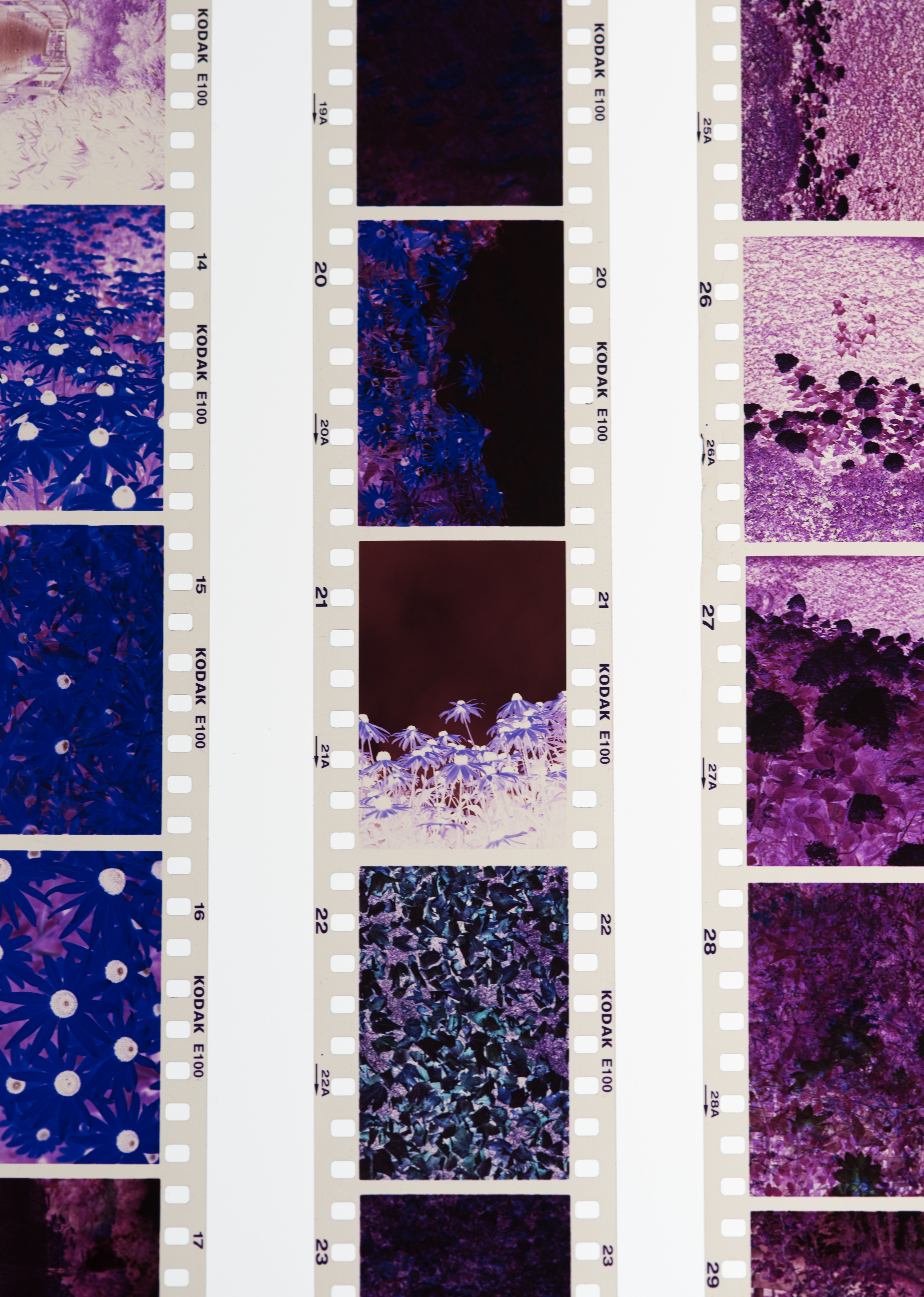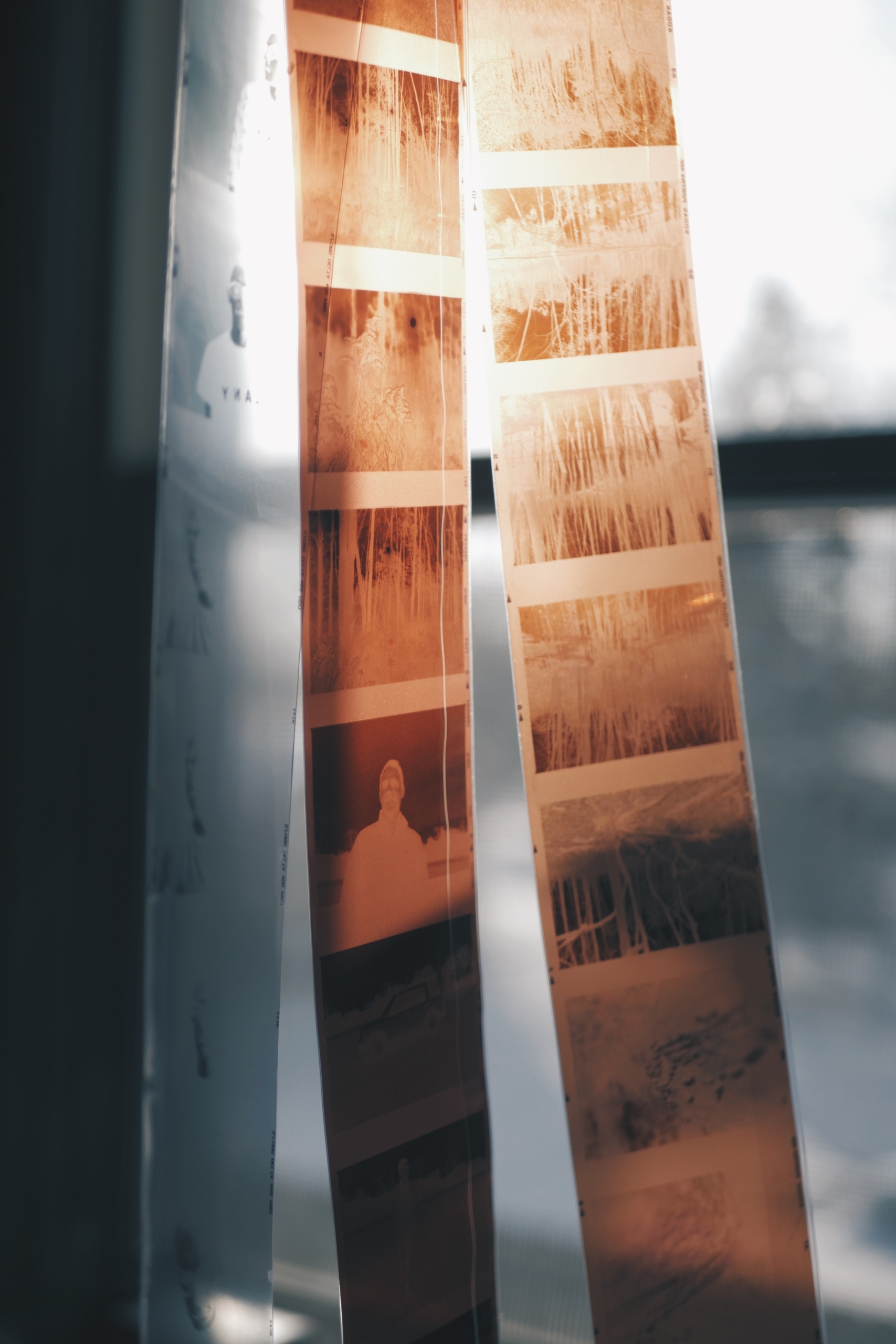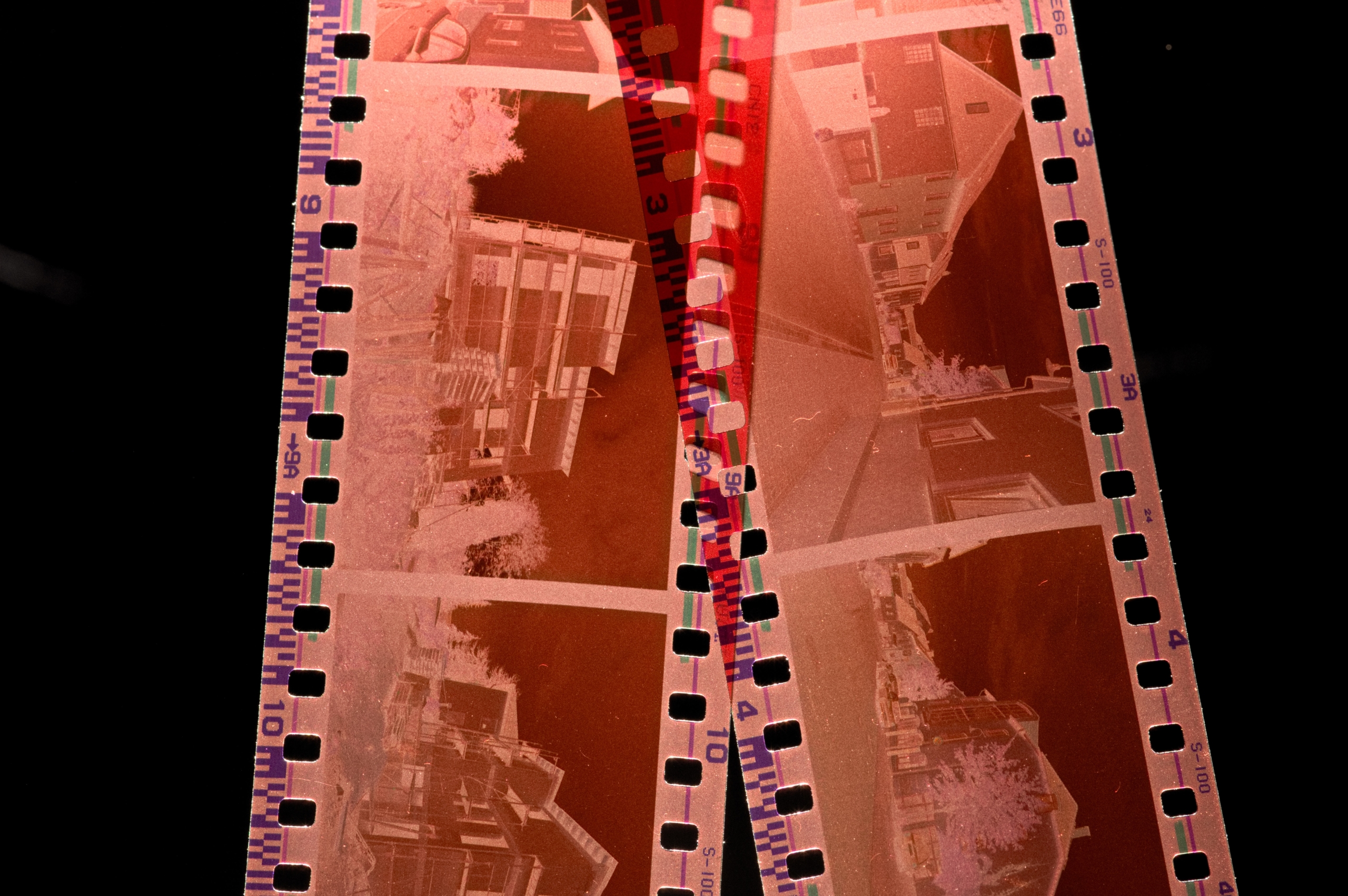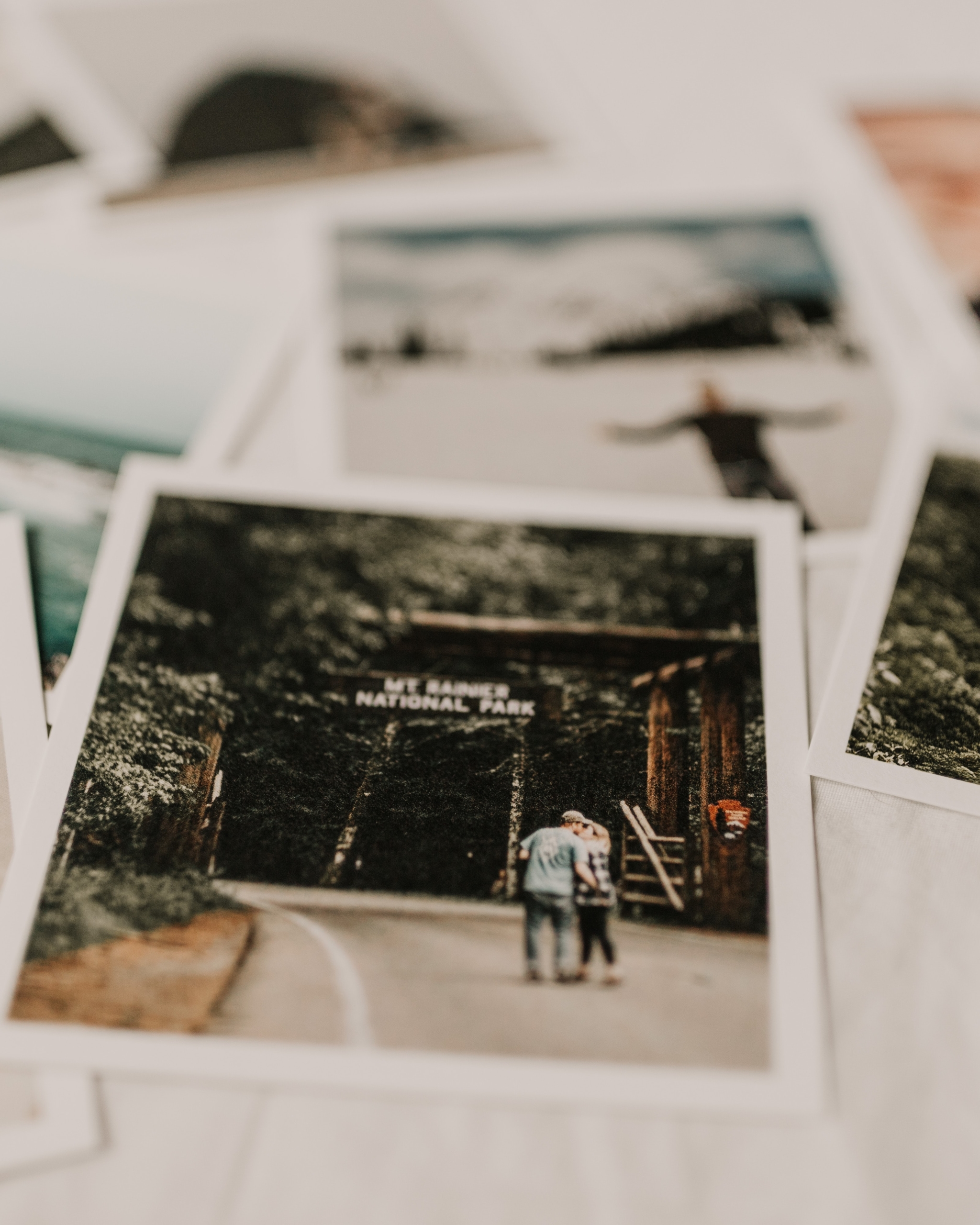Do you have both the negatives and print copies of your photos? If you do, you may be wondering should you scan negatives or scan photos to get the most out of your memories. We have put together this guide with some information that we hope will help you make this decision. Here are some considerations and questions to ask yourself when deciding whether to digitize your negatives or prints. (If you can’t decide you can always get both!)
Which do you have a full set of?

There is a chance your envelopes may have some images as one format but not the other; maybe the printer did not make enlargements of some of the underexposed information, you gave away all your print copies or perhaps some of the negative strips have fallen out along the way. You’ll want to get scans of whichever has all of the photos that you want.
What is the condition of your photos versus the negatives; is one better than the other?

Both media are susceptible to fingerprints and scratches and other blemishes that will likely appear on and affect the quality of your digital scan.
Condition is affected a lot by how media is stored. Discoloration and fading is common in print photos which are in frames that get a lot of sunlight, where damage from mold or mildew is common in slides which were in a basement or attic. Ultimately, the better the condition of your media, the better the scans will turn out.
For prints, take into account the type of paper stock- some papers that are very textured, or old prints that are highly reflective (some older photos have visible silver deposits in the shadows) don’t scan as well.

Negatives stored in tight rolls could be susceptible to brittleness when unrolling the film, and excessively curled negatives are more likely to cause issues with the digital file such as newton rings, or image warping if not scanned properly and flatly.
Visual Digital File Aesthetics
Film will look grainier and may show more dust if not scanned properly, Prints are smoother (depending on the paper) but might have darker shadows.


When getting your prints scanned, you already know what you are getting. You are probably already used to and accustomed to the way the prints were made, and the scans will reflect the original editing of the negative. Scanning negatives will mean that there is a likelihood that the scans won’t look exactly like the print, due to the editing that was done when the photo was printed. On the other hand, due to restraints for cropping to traditional print sizes there may be more information in the negative (around the borders and sides of the photo) that might not be visible in the print version.
Scanning negatives means that you have
more flexibility with printing and editing

Scanning from the transparency is essentially scanning from the original so more information for goes into the digital file than is available in the printed photo, which is already a smaller replication of the original negative. Ultimately this affects the amount of flexibility there is in editing adjustments, as well as how largely photos can get printed.
Scanning photos means you have more flexibility
with selecting what you want scanned

It is easier to visually set up and organize your prints before scanning them, whereas negatives are confined to the strips (usually of four) that they were taken in. Scanning the negatives makes it harder to be selective about what frames you want scanned, especially since the images can be a lot harder to see.
What are you looking to do determines if
you scan negatives or scan photos
Printing
- Since prints are already this “copy” form (usually printed at 300dpi) we can’t really add DPI/resolution, though we do scan photos as 600dpi to make sure that the most information as possible is retained.
- Digital copies of prints can still be reprinted at their same size, but trying to print enlargements any larger or poster sized will likely yield a more pixelated/lower quality image.
- On the other hand negatives can be scanned at a variable DPI:
- Scanned at the standard resolution of 2000 DPI, digital files can be printed up to 8”x10”.
- High resolution negative scanning options of 4000DPI can be printed up to 11”x17” or even larger without losing quality.
Editing
- Scanning negatives provides a higher dynamic range to work with. This can be helpful for editing. Dynamic range is the amount of information in the highlights and shadow. So you may be able to retrieve some information from the under/overexposed area of an image that is not visible on the print.
- Negatives may have more information not just in the pixels but on the sides of the images due to aspect ratios of printing. Meaning that most of your negatives will probably have a bit more of the background included in the pictures than your prints.
- On the other hand, prints probably have already been edited to some degree at the time they were printed by the photo lab. Scans of prints may require less editing in general, since adjustments to exposure have probably already been made.
Scan Negatives or Scan Photos
Pros | Cons Chart
| Prints | Negatives | |
| Appearance | Smoother, though might depend on paper texture
You know what you’re getting (more or less) |
Grainier texture
It’s harder to tell the condition, exposure, and organization of your film by just looking at it |
| Print Size | About 1:1 ratio for the original image. | Up to 8”x10” at 2000 DPI
Up to 11”x17” at 4000 DPI |
| Editability | Less information to edit due to smaller DPI, but is a closer replica to the image you are used to seeing | More available dynamic range and information due to higher DPI, but will need more editing to be closer to print photo |

PIN US!





